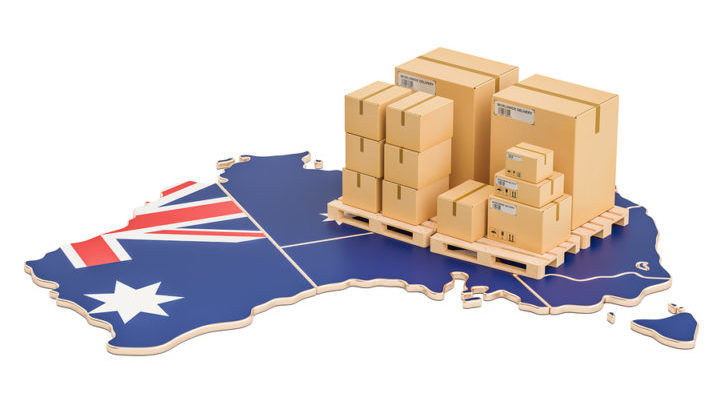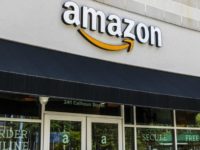Aussies have had a taste of convenience with online purchasing and to-the-door delivery, meaning online shopping behaviours and delivery expectations are likely to have changed for good.
Some are now reaping the benefits of in-house delivery, but there are still thousands of small businesses and start-ups who assume that running their own fleet of drivers is too expensive, when managing your own logistics can be very cost-effective. Going at it alone could even help to navigate an inevitably difficult holiday period of delivery delays if actioned now, and it can be achieved using plug-in software alone.
Find the right software
The right software can support simple online processes whereby shoppers are given multiple delivery options at the checkout such as a same-day service, or even a one-hour delivery window via a separate delivery partner. This gives consumers more choice and allows businesses to cater for every purchase’s unique needs.
There are also multiple tech solutions embedded within software that can ensure a better, if not a transformed delivery service. For example, a communication portal that connects the driver with the recipient directly for the duration of the package’s journey. Should the driver be running late, or the recipient needs to dash out, the issue is easily resolved, making it virtually impossible to miss or lose a delivery.
Another is instant feedback. Allowing a customer or driver to rate their experience in real-time allows delivery businesses to identify and resolve issues as they happen, ensuring the issue doesn’t continue or result in a bad review! A great delivery experience will dramatically impact the chances of repeat sales.
Review your logistics
Other physical distribution methods that can also improve delivery are processes like back-office batching, where multiple orders are compiled into one-time slots, and micro-warehousing where bricks and mortar stores have been transformed into mini distribution centres.
Timing is also everything. By using a scalable delivery marketplace, businesses can invest in tech solutions that use GPS to match each delivery to the closest available driver. This will result in faster and more efficient deliveries.
Consumers want change
It is a common business mistake to focus heavily on revenue and selling products, without prioritising the delivery – which is the most important part of the transaction.
Research into Australian online shoppers conducted in July 2021 by Zoom2u showed that 83 per cent of respondents said that they would like the option to track their delivery in real-time, and 86 per cent said that a bad delivery experience, such as a missed or delayed delivery, would impact their decision to use that e-tailer again. So if delivery is so crucial to our customers and subsequent sales, why are businesses not investing in their delivery processes?
What a few years ago would be seen as science fiction, is now becoming the norm. Companies like Starship deployed their first delivery bots in 2019, and now operate a fleet of over one thousand in the US, UK and Europe. Wing, an alphabet-funded, app-based food delivery business has recently celebrated 100,000 air deliveries on test-sites in Canberra and Queensland, where customers can use their phones to place food orders which are conveniently dropped to them by drones. These guys don’t even need to be operated by drivers!
The future of delivery is more than just getting the package to the right place within an acceptable timeframe. It revolves around three main components – flexibility, efficiency and accuracy – not all of which can be attained by humans alone. It is no secret that the Australian delivery scene changing. With multiple pauses to clear out distribution warehouses and driver strikes from mass industry leaders, businesses can no longer rely on these services alone to carry the load.













